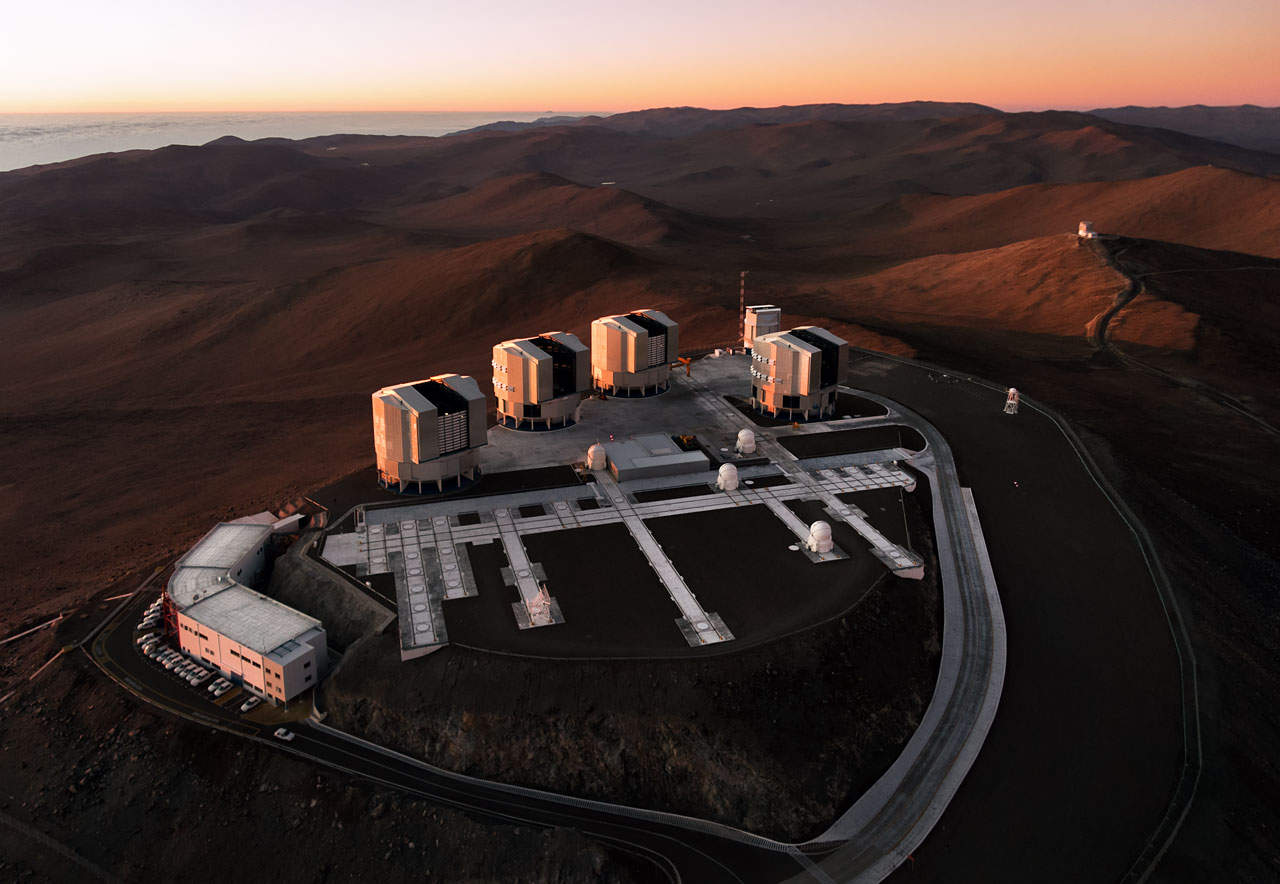U.S. Space Force to test laser communications on a GPS satellite

WASHINGTON — The U.S. Space Force and Lockheed Martin plan to conduct its first-ever laser communications test from a Global Positioning System (GPS) satellite. If successful, this technology could enhance the precision and efficiency of the navigation system used by billions worldwide.
The demonstration will take place on the GPS III SV-10 satellite, manufactured by Lockheed Martin, which completed assembly in February 2023 and remains in storage awaiting launch authorization.
The satellite will carry an optical communications terminal developed by German aerospace manufacturer Tesat-Spacecom through its U.S. subsidiary, Tesat Government. For the demonstration, the terminal will transmit data from medium Earth orbit — approximately 12,000 miles above Earth — to ground stations.
“This demonstration represents a crucial step toward modernizing GPS infrastructure,” said Malik Musawwir, vice president of navigation systems at Lockheed Martin Space. The initiative emerged from a design review earlier this year and will inform future upgrades to the next-generation GPS IIIF constellation, he added.
The SCOT80 terminal is already deployed on several low Earth orbit satellites, including Kepler Communications’ commercial fleet and Space Development Agency military satellites made by Lockheed Martin.
‘More efficient constellation upgrades’
Col. Andrew Menschner, commander of the Space Force’s Mission Delta 31, told SpaceNews the primary objective is to validate optical communications capabilities at GPS operational altitudes. “The long-term vision involves implementing optical crosslinks for more efficient constellation updates, allowing single-point broadcasting with relay capabilities across multiple vehicles,” he said.
Mission Delta 31 is the Colorado-based Space Force unit that operates the GPS constellation.
The GPS system, originally developed for military use but now integral to civilian applications from navigation to financial transactions, relies on radio-frequency communications. Laser-based communications, said Menschner, could significantly enhance data transmission speeds and security.
Related
Read the original article here




